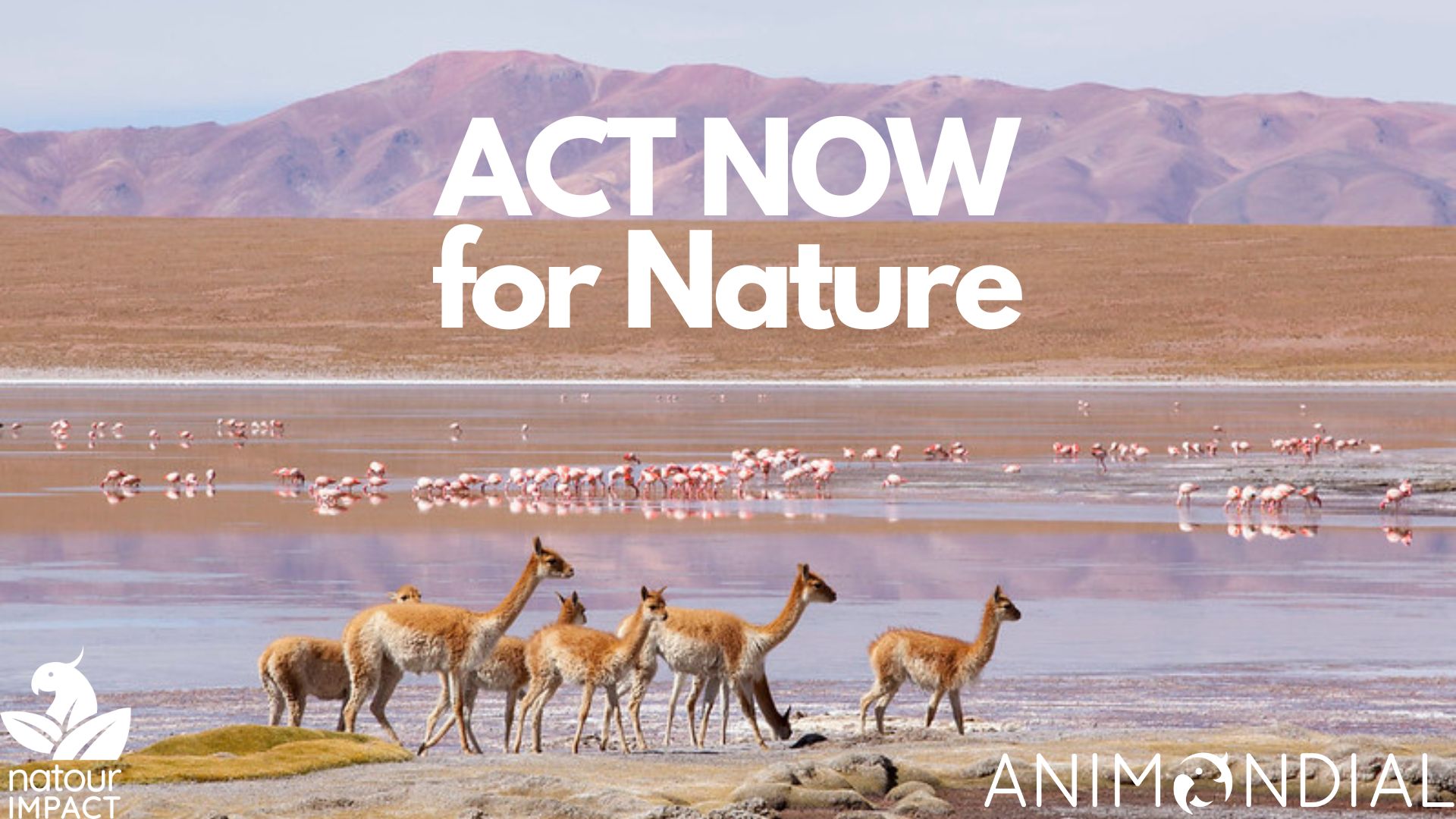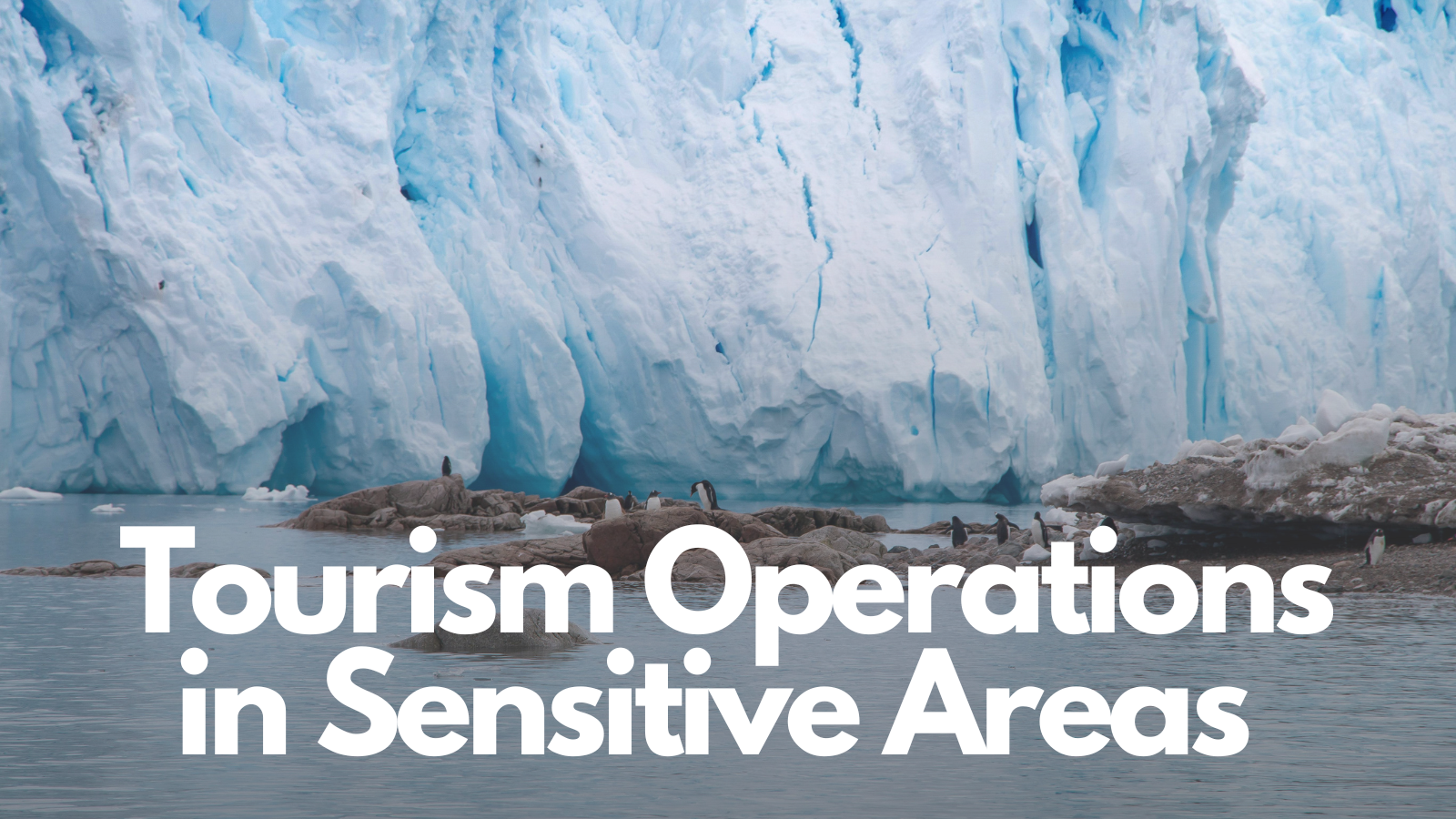
Nature Positive Tourism Tag
- All
- RESOURCES
Act Now for Nature: Protect Nature Today, Secure Tourism Tomorrow
30 October, 2025
Operating in sensitive areas: reducing business risks
24 September, 2025
Defining your Nature Commitment
30 July, 2025
A Meaningful Commitment to Animal Protection
30 June, 2025
Discovering your Nature Opportunities
21 May, 2025
Managing your Nature Risks
27 April, 2025
Know Your Nature Impacts and Opportunities
27 March, 2025
Know Your Nature Risks and Dependencies
27 February, 2025
Five Years to Reverse Biodiversity Loss
27 January, 2025
Biodiversity Literacy – as important as carbon
19 December, 2024
COPs & Dodgers! Business leadership steps up
28 November, 2024
Sustainability Reporting: A means to an end
18 October, 2024
Crafting a Nature Positive Tourism Strategy
28 June, 2024
Be Part of the Plan
20 May, 2024
Value chain good practice – Iberostar
01 May, 2024
Addressing impacts on nature – Fuze Ecoteer
01 May, 2024
Understanding business impacts on nature - DISCOVA
01 May, 2024
Biodiversity benchmarking - MSC Cruises
01 May, 2024
The Future of Tourism – in Action!
28 April, 2024
Nature Positive Travel & Tourism in Action
01 April, 2024
Biodiversity Basics
26 March, 2024
Why Carbon Reduction and Nature Protection Go Hand in Hand
15 March, 2024
Harnessing Tourism To Advance Conservation – Webinar
28 February, 2024
Carbon and nature must be tackled together
27 February, 2024
Nature Positive Tourism – your journey to Net Positive for Nature
29 January, 2024
A Nature-Positive Approach To Net-Zero Travel & Tourism – Pt1
30 September, 2023
A Nature-Positive Approach To Net-Zero Travel & Tourism – Pt2
29 September, 2023
Travel & Tourism: Priority actions towards a nature-positive future
01 September, 2023
Beyond Sustainable Tourism: Embracing Nature Positive
29 August, 2023
A Nature-positive Approach To Net-zero Travel & Tourism
07 March, 2023
Nature Positive Travel & Tourism: Travelling in Harmony With Nature – Film
08 September, 2022
Toolbox of Nature Positive Tourism Resources
01 September, 2022
Nature Positive Travel & Tourism
01 September, 2022
Preventing Illegal Wildlife Trade
01 July, 2021
PATA Spotlight: Can sustainable tourism regenerate nature?
30 April, 2021
Adventure Travel Guide Standard
01 February, 2021
ABTA Animal Welfare Guidelines
01 December, 2019
Managing tourism’s animal footprint
01 May, 2018























































